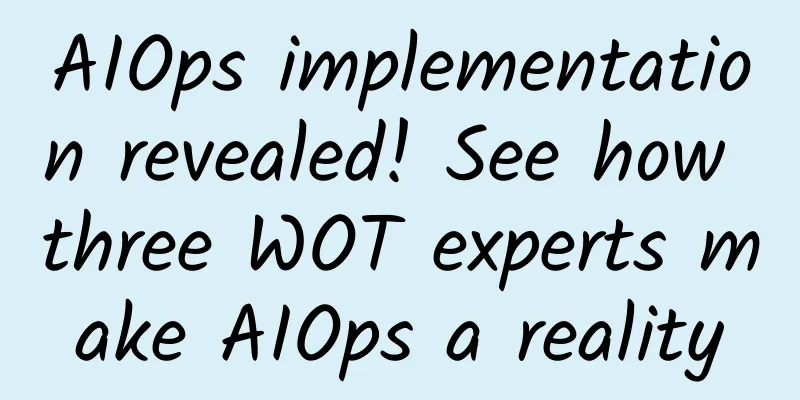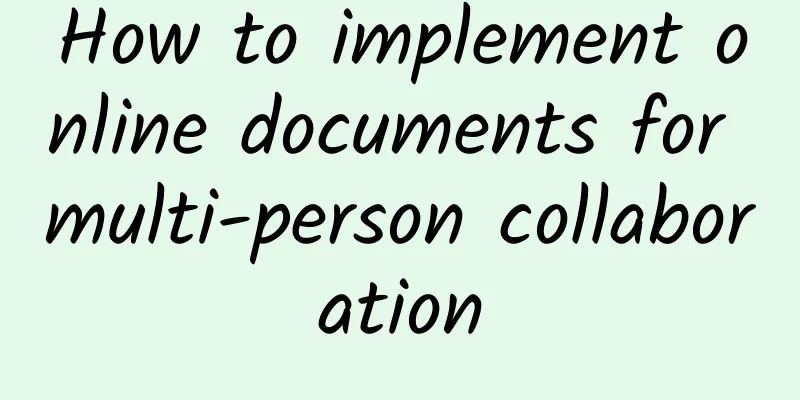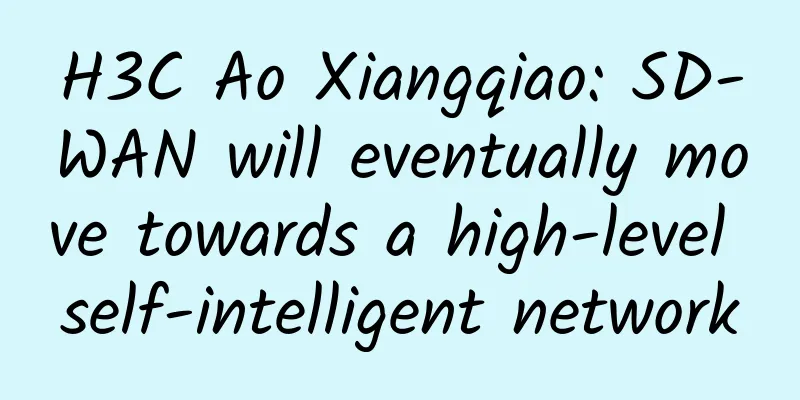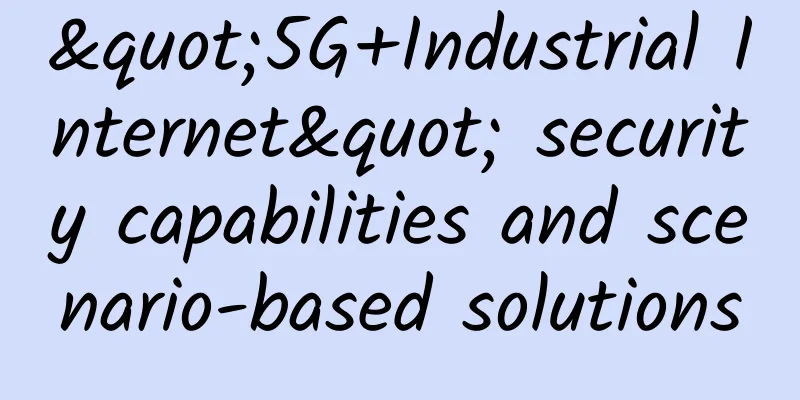The world's IPv4 addresses are officially exhausted!
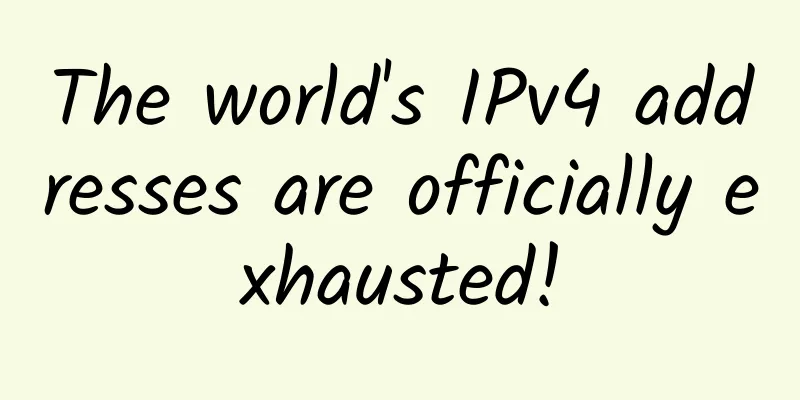
|
The long-feared exhaustion of global IPv4 addresses has finally arrived today - all 4.3 billion IPv4 addresses have been allocated, which means there are no more IPv4 addresses to be allocated to ISPs and other large network infrastructure providers. This process had been foreseen since the 1980s, and the top-level addresses were actually exhausted in 2012. At that time, all IPv4 address space had been allocated to five regional Internet registries, the African Network Information Center (AFRINIC) for Africa, the North American Network Information Center (ARIN) for Antarctica, Canada, parts of the Caribbean, and the United States, the Asia-Pacific Network Information Center (APNIC) for East Asia, Oceania, South Asia, and Southeast Asia, the Latin American Network Information Center (LACNIC) for much of the Caribbean and all of Latin America, and the European Network Information Center (RIPE NCC) for Europe, Central Asia, Russia, and West Asia. Those Regional Internet Registries quickly started running out of space. On April 15, 2011, Asia Pacific (APNIC) allocated its last IPv4 block, on September 14, 2012, for Europe, the Middle East and Central Asia (RIPE NCC), on June 10, 2014, for Latin America and the Caribbean (LACNIC), on September 24, 2015 for North America, and today, the European RIPE (World Internet Organization) NCC has finally run out of storage. The news was announced in an email (published by Nikolas Pediaditis) which reads:
In theory, IPv4 address exhaustion should mean that no new IPv4 devices can be added to the Internet, but in practice, a number of factors work to mitigate. The first is that ISPs can reuse and reclaim unused IPv4 addresses. The second is that the same IP address can be used privately behind an ISP router due to NAT (Network Address Translation). And of course, the last is the transition to IPv6, which should be well-ordered by now, allowing direct peer-to-peer connections over the Internet with its massive 3.4×10^38 address space. |
<<: The creator of the World Wide Web has a plan for a better global network, but he needs help
Recommend
Five steps to modernize your enterprise network
The business value of the network has never been ...
Review: China ranks first in 5G mobile phone sales, is the world happy too?
After the Spring Festival of the Year of the Ox, ...
RAKsmart: Hong Kong/Japan/Korea/US hot-selling servers starting from $46/month, 1-10Gbps bandwidth servers available
A few days ago, we shared the news that RAKsmart&...
How is lisahost? Lisa host US dual ISP three network 9929 line VPS simple test
A few days ago, the tribe shared the product info...
TmhHost: Korea CN2/Japan CN2, Softbank/Los Angeles CN2 GIA Double 12 discount season payment from 100 yuan
TmhHost recently launched a Double 12 promotion, ...
5 Service Level Agreement Best Practices for a Unified Communications Strategy
Organizations need strong SLAs to meet their UCaa...
Let you know the more common Wi-Fi standards and types
Wi-Fi is an all-encompassing word. In a sense, it...
Chrome downloads are so annoying! Here's how to fix it
Chrome is the most popular web browser in the wor...
[New Year's Day] HostYun offers 15% off on all items, VPS in Hong Kong/Japan/USA/Korea starting from 15 yuan per month, CN2 GIA/AS9929 line
HostYun has launched a Christmas and 2024 New Yea...
How to avoid the pitfalls of integrated wiring?
There is a lot of knowledge involved in integrate...
TmhHost May Day Event: 10% back for recharge of 100 yuan, Los Angeles CN2 GIA quarterly payment 100 yuan, Hong Kong BGP quarterly payment starting from 120 yuan
TmhHost launched a promotion during the May Day I...
Baidu can't stand it
Lao Lao Noodles Source: https://www.nowcoder.com/...
Pour some cold water on the "feverish" 5G concept: the market is far from mature
The popularity of 5G networks, 5G mobile phones, ...





